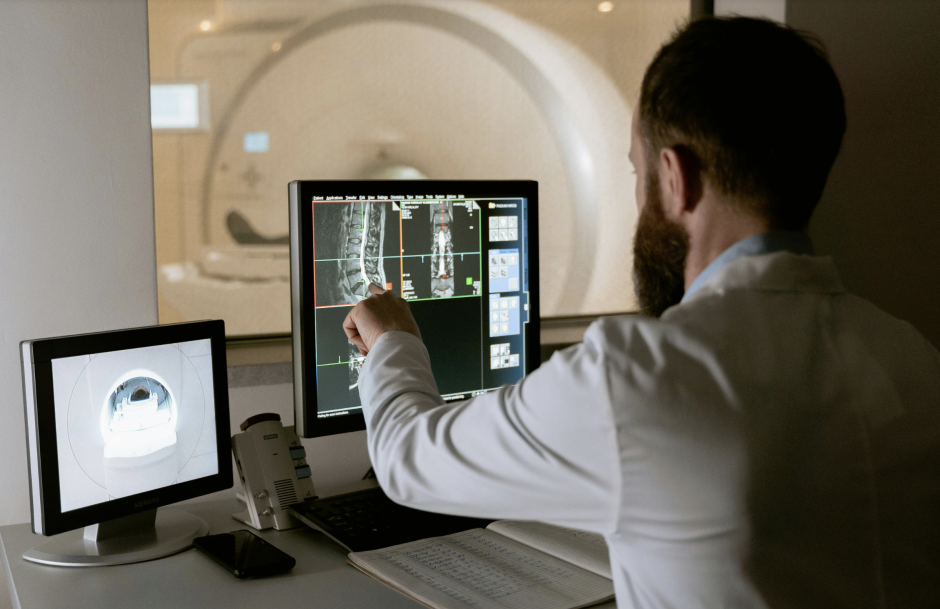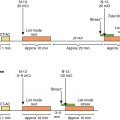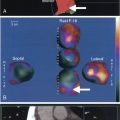
Whiplash is a common neck injury that often results from sudden force, such as in a car accident. It can lead to ongoing pain, reduced mobility, and long-term discomfort.
Traditionally, doctors have relied on physical exams and patients’ reported symptoms to diagnose and manage whiplash. While helpful, this approach sometimes falls short of revealing the full extent of the injury.
Today, advancements in imaging technology are transforming how whiplash is understood and treated. These tools offer deeper insights into nerve and tissue damage that might otherwise go undetected. With this information, healthcare providers can create more accurate, targeted treatment plans.
Let us explore how advanced imaging is enhancing both diagnosis and recovery strategies. This leads to more effective, personalized care for patients dealing with this often-overlooked injury.
Advanced Imaging Techniques in Whiplash Recovery
As we have discussed, advanced imaging techniques play a crucial role in understanding and managing whiplash recovery. Here are some key methods:
Magnetic Resonance Imaging (MRI)
MRI has transformed the diagnosis of soft tissue injuries, particularly in cases of whiplash. Unlike X-rays, which primarily visualize bone structures, MRI uses powerful magnets and radio waves. These create detailed images of muscles, ligaments, discs, and nerves.
The above capability is crucial in whiplash cases. This is because MRI can detect issues like swelling, tears, and herniated discs that X-rays may miss entirely.
Additionally, MRI does not involve radiation. This makes it a safer option for repeated use, especially in younger or more vulnerable patients. For example, a study investigated three-dimensional (3D) SPACE MRI imaging of the transverse ligament (TL) in patients with whiplash-associated disorders (WAD).
The study, published by NIH, found that 3D SPACE sequences could effectively identify significant morphological changes in the TL. This highlights the clinical relevance of 3D SPACE MRI as a valuable tool for assessing ligament damage in WAD patients.
By integrating MRI findings with patient history and symptoms, healthcare providers can better identify potential injuries. This approach helps facilitate more effective treatment and follow-up planning.
Functional MRI and DTI
Techniques like functional MRI (fMRI) and diffusion tensor imaging (DTI) are becoming increasingly popular. They can evaluate not just the structure but also the function of the brain. fMRI measures changes in blood flow, allowing researchers to pinpoint brain regions that are active during specific tasks.
Meanwhile, DTI looks at how water moves along the white matter pathways in the brain and spinal cord. One application of DTI, diffusion tensor tractography (DTT), has proven especially useful in assessing the integrity of neural pathways.
A study used DTT to demonstrate damage to a specific brain region, the spinothalamic tract (STT). This damage was found in people who had central pain after getting whiplash.
The objective of the study was to determine whether two brain measurements, fractional anisotropy (FA) and tract volume (TV), differed between individuals with injuries. The study also aimed to compare these measurements with those of individuals without injuries. The researchers believed these differences could show how whiplash affects the brain.
The results showed STT damage in people with mild brain injury who had central pain after whiplash. The study also found that the direction of the car crash might affect the type of brain injury.
Benefits of Advanced Imaging in Whiplash Diagnosis
Advanced imaging techniques provide several benefits in the diagnosis of whiplash injuries, including:
Visualizing Ligament Damage and Inflammation
Ligament injuries, particularly in the cervical spine, can be difficult to detect with traditional diagnostic tools. However, imaging technology, such as high-resolution MRI and dynamic fluoroscopy (DMX), is changing that. These modalities allow for more precise visualization of ligament laxity, tears, bulging, and inflammation, which are common in whiplash-related trauma.
Additionally, research published in ScienceDirect explored the power of modern CT scans. This included single- and dual-energy variations, which enhance trauma diagnostics.
The study focused on cruciate ligament injuries in the knee. But its implications are relevant across the board. Dual-energy CT scans proved to be widely accessible and effective as initial diagnostic tools for ligamentous injuries. Accurate diagnosis is crucial to prevent adverse outcomes, including delayed treatment, chronic instability, and long-term functional limitations.
The findings highlight the importance of using modern imaging technologies to enhance diagnostic accuracy. This approach can lead to better patient outcomes in cases of trauma, including whiplash injuries.
Assisting Legal and Insurance Claims
When it comes to legal proceedings and insurance claims following an accident, having concrete, objective evidence is everything. Advanced imaging becomes a critical asset in documenting the true extent of internal injuries.
The images can reveal spinal misalignments, disc herniations, brain trauma, and other internal injuries. Such findings can significantly impact case outcomes and settlement values.
A compelling example of this importance is the case of Dr. C. Harrison Braddy, Chair of the Development Authority of Atlanta. After attending an event, he was involved in a serious collision when a heavy-duty commercial vehicle struck the Uber he was riding in. According to Atlanta News First, the crash caused severe injuries.
In high-impact accidents like these, advanced imaging is essential for guiding emergency medical interventions. It also plays a key role in substantiating injury claims. Local Atlanta personal injury attorneys often rely on detailed imaging reports to build strong legal cases.
As per the Atlanta Personal Injury Law Firm, a skilled lawyer will assess the full scope of your injuries. Based on this, they will develop a legal strategy. Their goal is to protect your rights and pursue fair compensation.
Identifying Neurological Impact
Whiplash doesn’t just hurt muscles and ligaments. It can also affect the nervous system in a big way. The violent back-and-forth motion of the neck can stretch, pinch, or inflame the spinal cord and peripheral nerves. This may result in symptoms such as numbness, tingling, muscle weakness, or even cognitive difficulties.
In this situation, advanced imaging methods are essential. DTI and fMRI are two techniques that can identify alterations in nerve or brain activity. Physical examination alone can often be insufficient to detect these changes.
Even standard MRI can identify issues like nerve root compression or spinal cord abnormalities that help explain neurological symptoms. These insights are crucial for accurate diagnosis and the development of a comprehensive treatment plan.
For instance, if imaging reveals a compressed nerve root caused by a herniated disc, healthcare providers can take targeted action. They may recommend anti-inflammatory medications, steroid injections, or specialized physical therapy to relieve the pressure.
FAQs
Can whiplash be seen on an X-ray?
X-rays are effective for detecting bone fractures or dislocations. However, X-rays usually fail to reveal soft tissue damage, which is common with whiplash injuries. Since whiplash often involves muscles, ligaments, and tendons, additional imaging like an MRI is often recommended.
Is ultrasound good for whiplash?
Yes, ultrasound therapy is commonly used in whiplash treatment. It generates deep heat to improve blood flow, reduce inflammation, and relax tight muscles. As a non-invasive option, it helps relieve pain and promotes healing in strained tissues caused by the injury.
What happens if you leave whiplash untreated?
Leaving whiplash untreated can lead to many issues. These include chronic neck pain, frequent headaches, reduced range of motion, and long-term problems with balance or mobility. Without proper care, the injury may worsen over time, making recovery more difficult and potentially affecting daily activities.
Advanced imaging tools represent a significant step forward in identifying and treating whiplash injuries. By providing detailed insights into soft tissue damage, neurological impacts, and ligament integrity, these techniques empower clinicians to develop personalized treatment plans.
The customized approach enables doctors to meet each patient’s specific needs, resulting in improved recovery outcomes. Additionally, it holds significant importance in legal and insurance matters.
Stay updated, free articles. Join our Telegram channel

Full access? Get Clinical Tree







